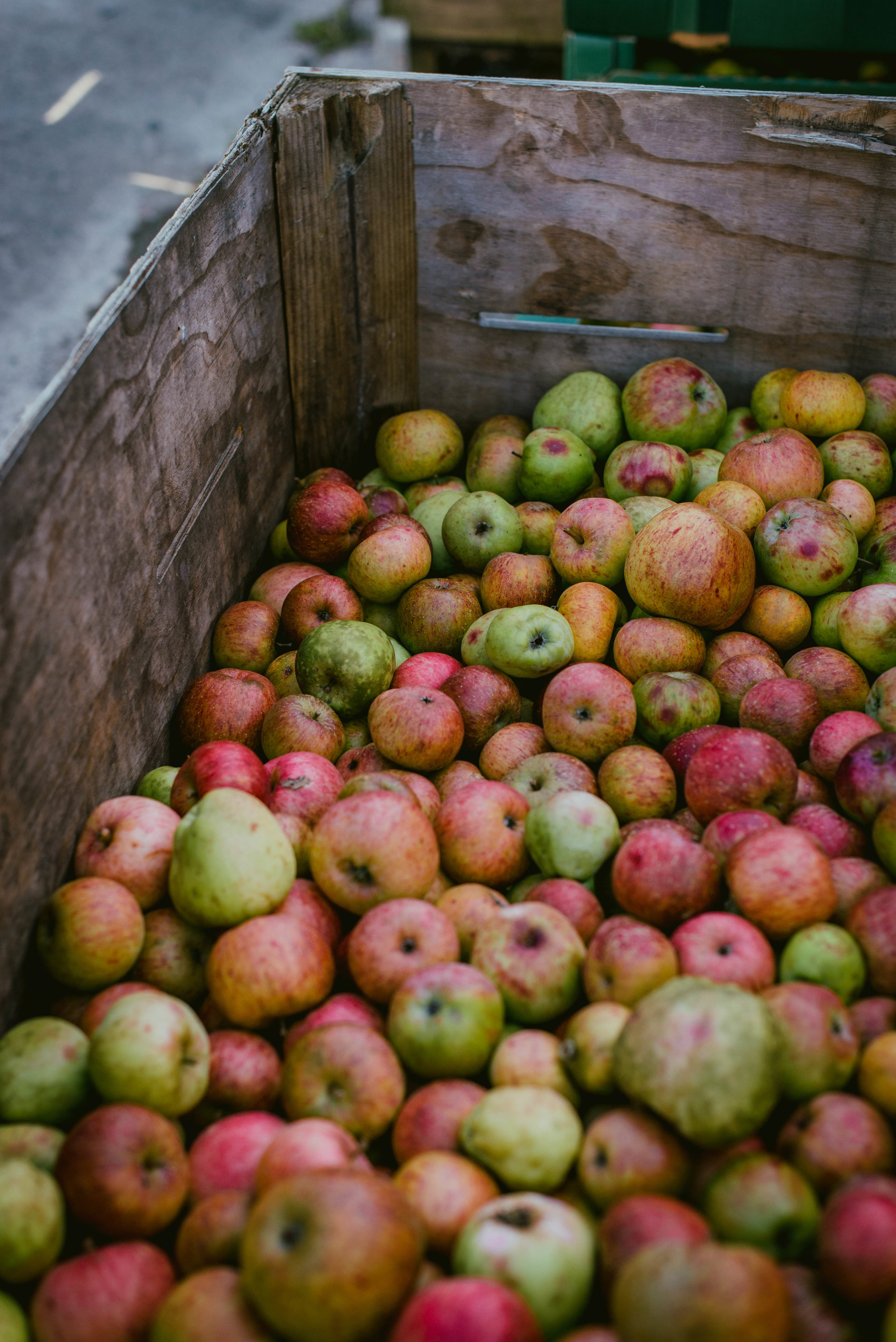Sarah takes a reflective look back on her beach adventures last month…
Usually in Cornwall, February is the month of storms. Just when the steely, harshness of January begins to soften, the snowdrops emerge and the days begin to lengthen again. It’s then, that one begins to fool oneself into thinking that spring is close within reach and that’s precisely when the storms strike. Last February we had a bout of snow storms which was most unusual for Cornwall, in particular the western peninsula where I live and where we enjoy a microclimate which keeps the temperatures mild.
The storms blow in all sorts of detritus off the seas, dredge up all manner of things from the seabeds and the beaches become a veritable treat for the beach combers of the south coast. The usual finds; sea glass, pottery and various shells are easily found on many of the Cornish beaches all year round but the storms churn up the sand and reveal fresh and exciting finds that may have been overlooked before. Once, I even happened across a stray buoy from a boat which I took home, you’ll find many tiny fishing cottages in rural west Cornwall that have decorated their gardens with buoys washed up in coves.
Sea glass (also colloquially known as drift glass) takes on average 20-40 years to become enough withered by the waves that it gains its smooth, frosted characteristics. It can even take as long as 100 years so it’s exciting to think that when you find a smooth, aquamarine blue piece, you’re holding something between your fingers that perhaps once belonged to a victorian gin bottle or may have even washed up on the shore, a broken relic from a ship wrecked hundreds of years ago.
In west Cornwall, you’ll have to get up early, beat the dog walkers and mind the tides to have your best chance at finding some beautiful pieces of sea glass however if you travel out to our nearby archipelago, the Scilly isles, there’s practically no sport in finding it as you’ll be tripping over the biggest, chunkiest turquoise pieces you ever did see.
What’s more exciting though, far more exciting than withered and worn Victorian glass, is when the storms blow in some curious creatures from the high seas. Hydrozoa such as ‘By the Wind Sailors’ are a frequent visitor of the Cornish coasts in February and March. With their space-like dreamy blue colour and little shiny clear sails they’re almost alien looking and quite magical. They live and drift on the surface of the ocean, feeding on the plankton but the strong wintery onshore winds blow them up onto the beaches. Although they’re a very pretty decoration and exciting find on the Cornish beaches, it’s a great shame as many dry out and don’t survive if they get blown up too far for the tide to rescue them. Last year, with the storms, we also witnessed a glut of Portuguese man-o-war on our beaches. Although beautiful, they are an incredibly dangerous jellyfish and have been affectionately nicknamed ‘neon death pasties’ by some of the locals here.
If you’re beachcombing at a spot where the river mouth meets the ocean, you may also find some beautiful Oyster shells washed up. Oyster shells are one of my favourite shells to pick up and on one of our recent visits to Looe last weekend, we did manage to pick up a few of them.
One of the most interesting recent beachcombing finds that I’ve heard of recently was that of my friend Mariette. Down on the Lizard peninsula she happened across an unassuming lump of smelly, greasy ‘something’ which she brought home and turned out to be Ambergris. You’ve got no idea what Ambergris is? Good, because I didn’t either. Ambergris is formed in the digestive system of sperm whales and is extremely valuable and coveted by perfumers. It’s sort of ‘whale vomit’ in crude terms and if you’re a beachcomber that comes across Ambergris, you’ve struck gold. Mariette is already planning her holiday with her unexpected windfall. The takeaway from all of this is that you should forget rare pieces of shipwrecked lego or lost pirate coins, the real beach treasure to be searched for is whale barf.
When you can bear to take your gaze away from the swirling swell and churning sea foam, look down: The winter beaches suddenly become an exciting bazaar of fascinating detritus and glistening, quirky, natural treasures to take home and decorate the windowsill (where many of my finds end up.) Some of my favourite finds are shells with particularly giant barnacles, fossils, hag-stones or very occasionally dried coral - I found the Isle of Wight was an excellent spot for picking up coral (another bittersweet beach find.) Lyme Regis and the Jurassic coast are excellent for fossils if you have patience, a keen eye and a dash of luck.
In the wintertime, Cornwall shuts down and becomes bleak, empty and quiet. I get asked often how I survive over the wintertime here or what we do for fun. Personally, I feel that the county comes alive out of ‘tourist season’ and particularly during the stormy periods. Misty beaches, churning aquamarine waves and endless sea caves to explore, beaches aren’t just for sunbathing and building sandcastles. For me, a winter beach is an endlessly exciting, peaceful and restorative space bringing us these tiny treasures with stories to tell; stories of shipwrecks, lost fishing nets, tiny creatures from the high seas and lost cargo from thousands of miles away.

































